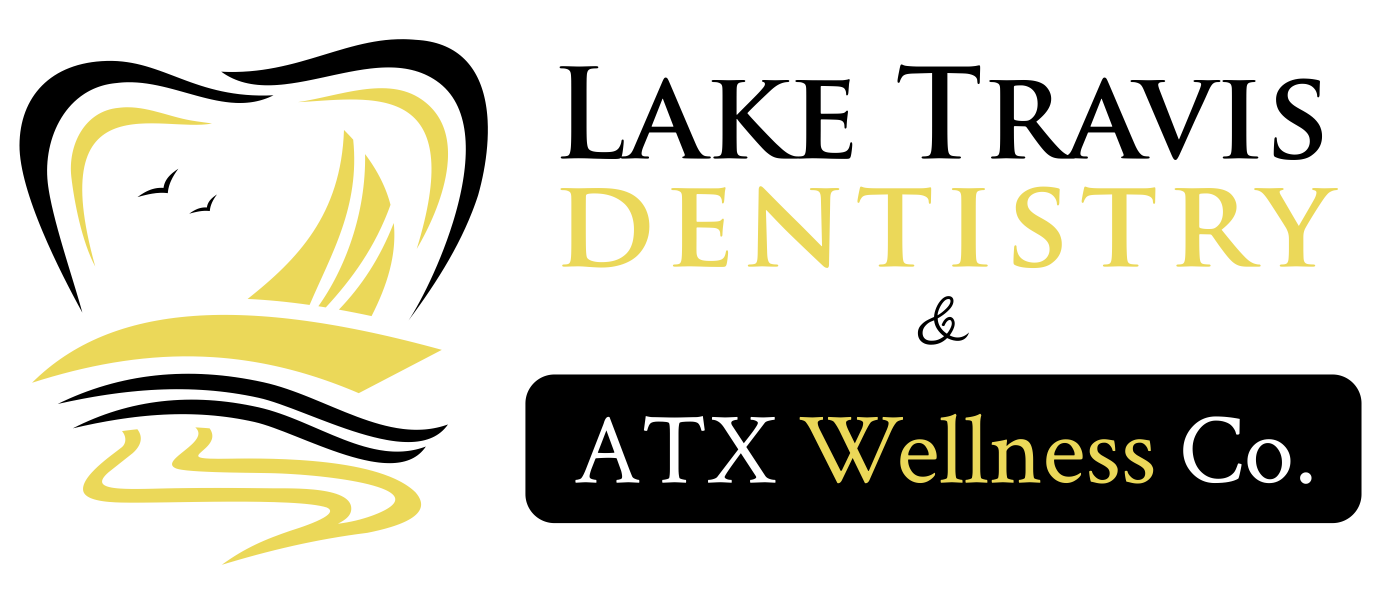What are Dental Crowns?
Dental crowns or tooth-shaped caps help restore decayed, broken, weak, and worn teeth. Dentists suggest dental crowns as mounts on dental implants to function as artificial teeth or fix a root canal-treated tooth. Various materials like metals and porcelain help make dental crowns lasting between five to 15 years with appropriate care.
Why Would You Need Dental Crowns?
You may need dental crowns, for the following reasons:
- Strengthen weak teeth.
- Protect and fortify a cracked tooth.
- Restore a worn or broken tooth.
- Cover a severely strained or discolored tooth.
- Hold dental bridges or mount on dental implants to serve as artificial teeth.
What are the Types of Dental Crowns?
There are different types of dental crowns, and the specific version best suited for your needs depends on your personal preferences and oral health needs. Below mentioned are some examples of different types of dental crowns.
1) Metal Crowns
Several different metals are used by dental technicians when making metal crowns. The metals include gold, palladium, nickel, and chromium. Metal crowns are durable and rarely chip or crack while withstanding biting and chewing forces. However, the metallic color is aesthetically unpleasing, although metal crowns are excellent for molars.
2) Porcelain Fused to Metal Crowns
PFM crowns combine metal’s durability and the aesthetic looks of porcelain. Dentists match these crowns to the shade of your natural teeth. Although durable porcelain fused to metal crowns have drawbacks because the porcelain might chip over time, exposing the metal beneath. Additionally, these crowns can wear down the tooth enamel of the opposing teeth. Porcelain fused to metal crowns are durable as its metal counterparts and helps restore anterior and posterior teeth.
3) Pressed Ceramic Crowns
Pressed ceramic crowns have a hard inner center similar to porcelain fused to metal crowns, but the core comprises ceramic instead of metal. Similar to PFM crowns, pressed ceramic crowns mimic the transparency of natural tooth enamel. However, these crowns have downsides because the ceramic layers can chip over time. Dentists suggest these crowns for front and back teeth.
4) Porcelain Crowns
Compared to all other crowned types, porcelain crowns mimic the tooth enamel’s appearance better than the different versions. They are also excellent if you have metal allergies.
Therefore you have various versions to select from when looking to restore a decayed or damaged tooth instead of getting it extracted.
What is The Procedure for Getting Dental Crowns?
Dental crown placement requires two visits to our Austin dentist near you:
a) First Appointment
- Tooth Preparation: the dental specialist must remove tooth structure when preparing your tooth removal enamel past the dentin to accommodate your new dental crown. The step ensures the dentist creates a durable function for your new restoration.
- Dental Impressions: Next, the dentist takes impressions of your teeth for the dental laboratory to fabricate your dental crown.
- Temporary Crown Placement: dental laboratories require three weeks to fabricate your new crown. Therefore our Austin dentist covers your tooth with a temporary Crown made from acrylic for protection.
b) Second Appointment
When the dental laboratory returns your permanent restoration, you can revisit our Austin dentist for dental crown placement. During the second appointment, the dentist will:
- Remove the temporary acrylic crown.
- Verify the shape, color, and fit of the new crown.
- Cement the new crown to your tooth using robust dental cement.
What are the Benefits of Getting Dental Crowns?
The most notable benefit of this includes following the life of a natural tooth. Specifically, dental crowns can:
- Prevent extraction of a severely damaged or decayed tooth.
- Restore the broken or decayed teeth with a durable solution.
- Protect teeth from erosion and wear and tear.
- Restore chewing functionality.
- Enhance aesthetic appearance.
- Proper care ensures they last between five to 15 years.
- Function as a replacement solution for missing teeth if required.
What are the Aftercare Tips for Dental Crowns?
After restoring your tooth with a durable solution, the provider suggests after-care tips to maintain the health and longevity of the dental crown. After getting teeth crowns near you, the dentist recommends:
- Twice daily brushing of your teeth with fluoridated toothpaste and a soft-bristled toothbrush.
- Flossing between teeth daily.
- Using an antibacterial mouthwash to eliminate dental plaque and harmful bacteria from your mouth.
- Avoiding crunchy, complex, and chewy foods.
- Getting a custom-created nightguard if affected by bruxism causing teeth grinding and clenching.
- Getting regular dental checkups and cleanings.
Looking to Get Dental Crowns in Austin, TX?
Dental crowns from Lake Travis Family and Cosmetic Dentistry are excellent for restoring teeth as described. You can find different versions of dental crowns customized from various materials. Dental crowns are durable but not invincible and will require replacements eventually. Proper oral hygiene and regular dental cleanings can help extend the longevity of dental crowns, making them an excellent restoration for your tooth. Contact Lake Travis Family & Cosmetic Dentistry now to get porcelain crowns near Lakeway, TX!
